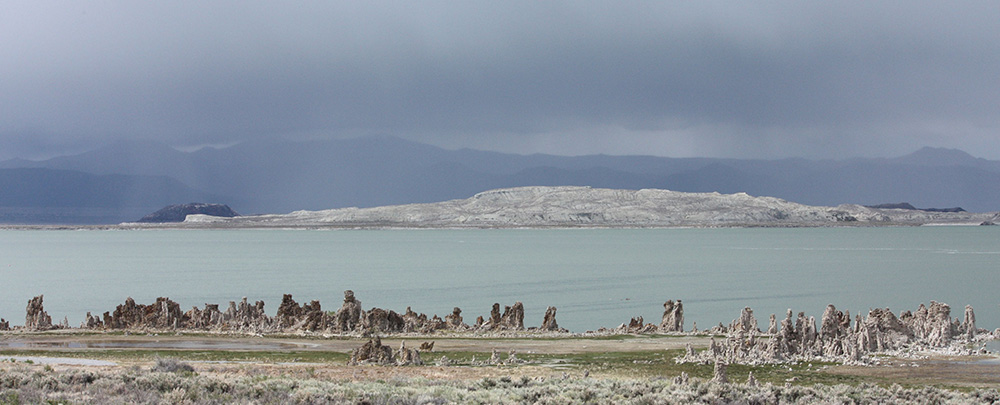
The fourth year of drought has ushered in intensive urban water conservation efforts across the state.

In Southern California there are many ways residents can save water (see the Mono Lake Committee’s water conservation web page for a lot of great and simple ideas). One highly popular option is replacing water-hungry lawn turf with drought-resistant native plants. So popular, in fact, that all $350 million in rebate incentives authorized by the Metropolitan Water District in June was spent by July.
In Los Angeles, the Los Angeles Department of Water & Power continues to fund turf-removal rebates as one of many water conservation strategies. The intense effort has had success, notably in the hot summer month of July when Los Angeles achieved a 21% water use reduction, surpassing the City’s mandatory conservation requirement set by the state.
Across the state, urban water conservation efforts have been similarly successful, with State Water Board Chair Felicia Marcus commenting in August that “we’re very happy to see that Californians are showing they have what it takes to meet our water-savings goals.” Here at Mono Lake we are a part of the extended Los Angeles watershed. It is impressive to see the commitment of Angelinos in cutting their water use, especially because such efforts are a key ingredient for the protection of Mono Lake. Keep up the great work, citizens of Los Angeles!
This post was also published as an article in the Fall 2015 Mono Lake Newsletter (page 10).
